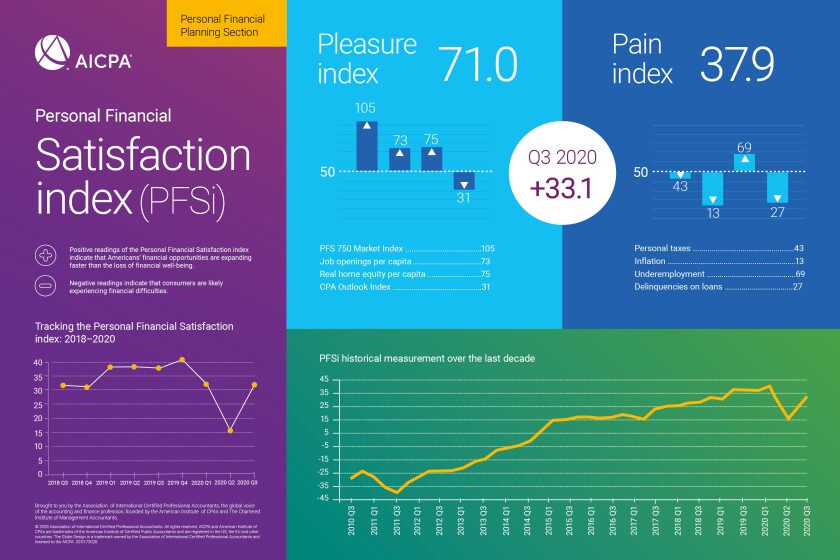New York State’s designation of the Metropolitan Transportation Authority as an eligible issuer under the Federal Reserve’s Municipal Liquidity Facility $500 billion lending program was “welcome news” to MTA Chairman Patrick Foye.
“As one of the largest municipal issuers in the country, having access to the MLF will strengthen our position as we continue to weather the ongoing COVID-19 pandemic,” Foye said Thursday. “Acceptance into this critical program helps better position the MTA to power the regional economy through this crisis.”
U.S. Sen. Minority Leader Charles Schumer, D-N.Y., had written Fed Chairman Jerome Powell on Tuesday asking the Fed to include the MTA in its purchases. Schumer argued the MTA is integral to the region’s economic rebound. The Treasury Department, which manages the program along with the Fed, was also receptive.

The state-run MTA, which operates New York City’s subways and buses, Long Island and Metro-North commuter rail lines and several interborough bridges and tunnels, is one of the largest municipal bond issuers with nearly $47 billion in debt. State Comptroller Thomas DiNapoli has projected MTA debt to rise to $54 billion by 2023.
The authority has projected a loss of up to $8.5 billion this year. Plummeting ridership as the pandemic took hold the past three months have depleted its fare and toll revenues. The authority has also sustained hits from dedicated taxes.
Rating agencies have downgraded the MTA’s primary credit, transportation revenue bonds, since the pandemic escalated. Moody’s Investors Service and S&P Global Ratings rate the $30 billion credit A2 and A-minus, respectively, while Fitch Ratings and Kroll Bond Rating Agency rate the credit A-plus and AA-plus, respectively.
All four have the credit on negative outlook or downgrade watch.
The MTA is planning restoration of full service on Monday under the city’s first phase of reopening.
Foye has asked Congress for a further $3.9 billion in rescue aid to match what the authority received under the CARES Act.
Year-over-year, ridership has declined 93% on the subways, 95% on MTA Metro-North Railroad, and 97% on the Long Island Rail Road with equally reduced ridership on buses, according to MTA documents. Some ridership has returned of late, but nowhere near pre-pandemic levels.
The Port Authority of New York and New Jersey is also considering applying for the Fed program.
Within corporate environments, accountants are essential team members when it comes to governance, risk and compliance, especially during the pandemic.
Financial satisfaction of people in the U.S. bounced back strongly in the third quarter, reversing the lows brought on by the coronavirus.
Before the pandemic, accounting and finance professionals actively searched for better opportunities. Once the pandemic hit, employees worried about company layoffs and hesitated to seek new opportunities.
The Federal Reserve board established the program in late April under the CARES Act, after the virus roiled the $4 trillion municipal market. It enables states and localities to borrow from a $500 billion fund. It is not a bailout or emergency grant. It is scheduled to expire Dec. 31, although the board could extend it.
Fees are high. Illinois, which pays the highest yield among the states and is one notch above junk, announced an agreement Tuesday to tap the program. It intends to sell $1.2 billion of one-year general obligation certificates directly to the MLF at a rate of 3.82%. The parties expect to close the deal Friday. This was the first issuer to tap the facility.
Fine-tuning the program has been a work in progress. The Fed changed the terms on Wednesday to allow states and some smaller cities and counties to receive three-year loans of up to 20% of their pre-COVID fiscal 2017 general revenue, and fiscal 2019 for authorities.
The MTA and other large issuers, including New York City, typically borrow with 30-year bonds.
While the MTA’s revenue-backed bonds are eligible for the MLF, whether its dedicated taxes, such as the payroll mobility tax and state and local direct subsidies, qualify as “general revenue” was unknown Thursday.
Transit advocacy groups including Reinvent Albany, Regional Plan Association, Tri-State Transportation Campaign and the Permanent Citizens Advisory Committee to the MTA, said the program could help the authority cover COVID-19-related losses, as well as support the MTA’s access to long-term bonds and refinancing.
“Additionally, we believe the Municipal Liquidity Facility could benefit the MTA by reducing the short-term incentive for the State government to divert or ‘raid’ MTA dedicated taxes and funds like [the Metropolitan Mass Transportation Operating Assistance],” said Rachael Fauss, research director of Reinvent Albany.
New York State has periodically siphoned funds from dedicated transit accounts to balance its own general-fund budget.







